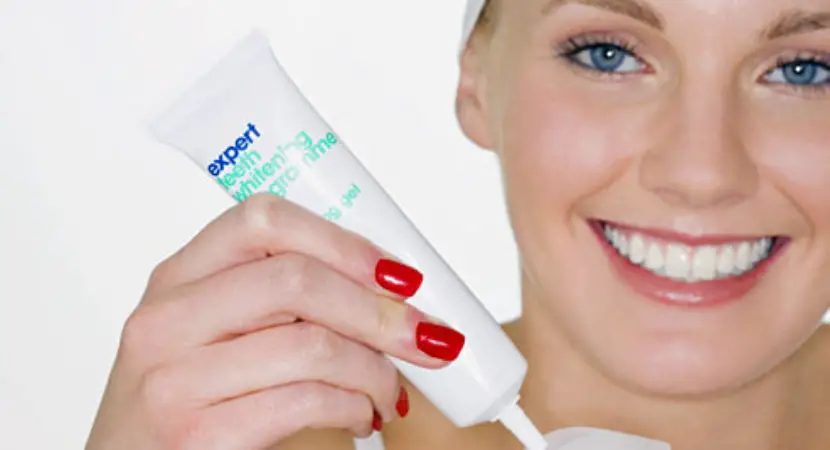The history of toothpaste is more interesting that you may think. Where in present times it is a smooth and tasty it was not always like that. In its earlier years abrasion was the name of the game. As a matter of fact “abrasion” was the underlying theme for toothpaste for many, many years. While modern day toothpastes do have some abrasion still, it is nowhere as prevalent as it once was.
No one knows for sure when the first toothpaste was used or by whom. Research does however suggest that as far back as 3000BC a tooth cream was used on the teeth of ancient Egyptians. This dental cream was created by using powdered ashes made from oxen hooves, eggs shells, myrrh, water and pumice. It would make since to believe that the first toothpaste was in face a powder. The water was most likely an additive that came into the picture upon use. It also makes since to believe that this was a terrible tasting concoction with minimal cleaning offered at best.
It was not until much later that the Romans and Greeks added some more abrasive ingredients to the mix. Some were crushed shells and bones. This done a little for the cleaning aspect and little for the taste. They did go on to add some flavoring that would also help with breath and palatability.
India and China were doing their part around 500BC as well. They were using powdered toothpaste while adding ginseng for flavoring, herbal mints and even salt. The evolution of toothpaste seems to have stopped here for a very long time, and it eventually made its way into the western world.
Using chewing sticks (early toothbrushes) and these powdered toothpastes early people probably had a routine very similar to our own though not nearly as effective. However, this was not a commodity that was available to everyone in these early years. Only those of substantial wealth could get these luxuries.
This was the mode of things well into the 1800’s. The ingredients did change somewhat during this period. Soap became an addition to the ingredient at this point, and in 1850 the actual tooth paste became a reality. Early toothpaste was sold in a jar.
Colgate is a brand we all know today, and it came onto the scene in 1873! These were still abrasive. While scraping away the things that cause cavities, they also scraped away the enamel over time.
Tin-alloy tubes came into the picture in the late 1800’s, and in 1914 fluoride was introduced to toothpaste. So by 1914 toothpaste had come a very long way.
Interesting Fact about the History of Toothpaste:
World War II brought about a tin and lead shortage. This combined with lead leaking into the toothpaste is what actually promoted the plastic tubes we use today.
Fluoride was not the only advancement of toothpaste in the early 1900’s. The abrasiveness of these toothpastes were also greatly reduces as professionals learned more about our basic oral health needs. Synthetics were introduces like a foaming agent (sodium lauryl sulphate) and things that would make it taste better (sweeteners).
In the 50’s and 60’s fluoride toothpaste became the tradition and even the de facto in most of all homes. The 1980’s through present day has produces many different changes, flavors, options and strengths of toothpastes that pinpoint different oral health needs or requirements.

